Eleven surprising facts that define Detroit’s ‘139 Square Miles’ (Slideshow)
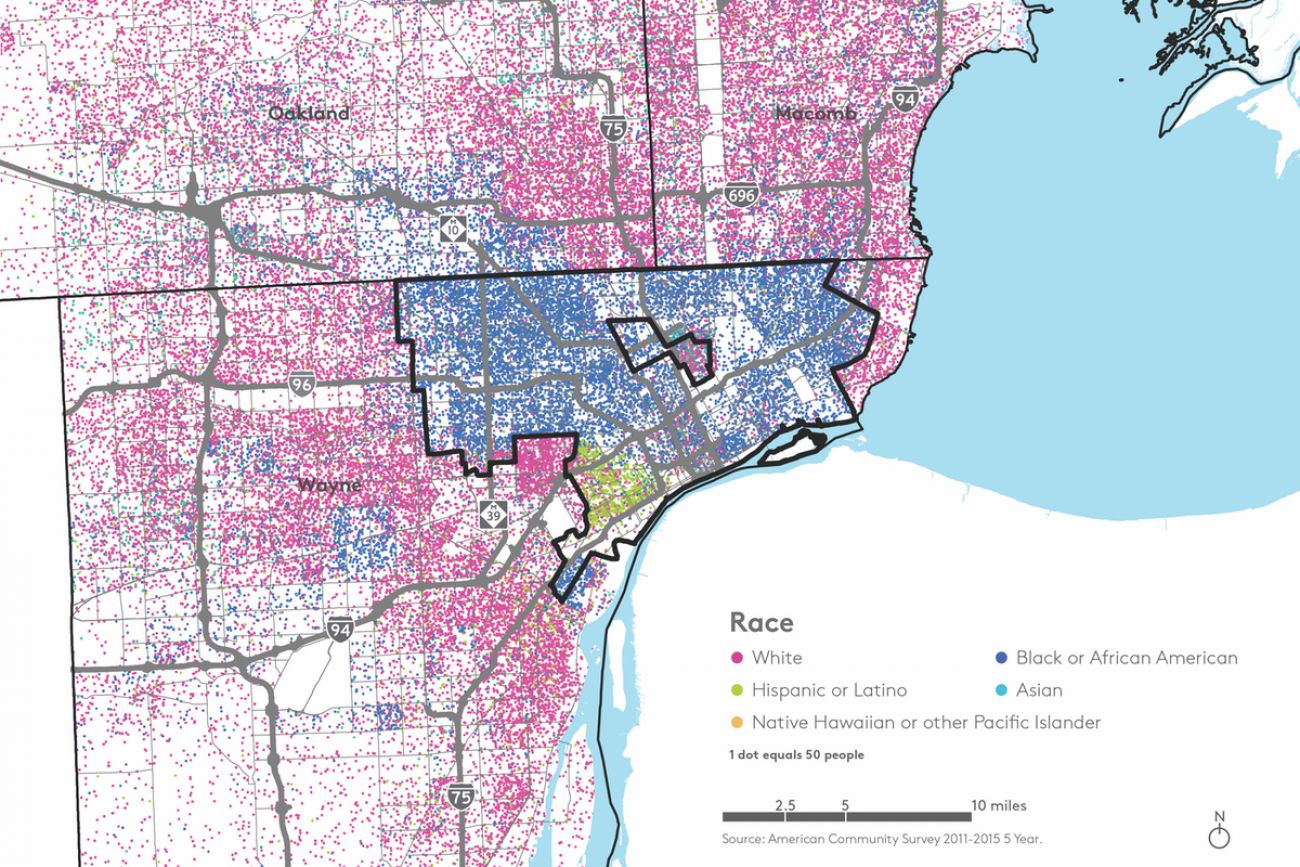
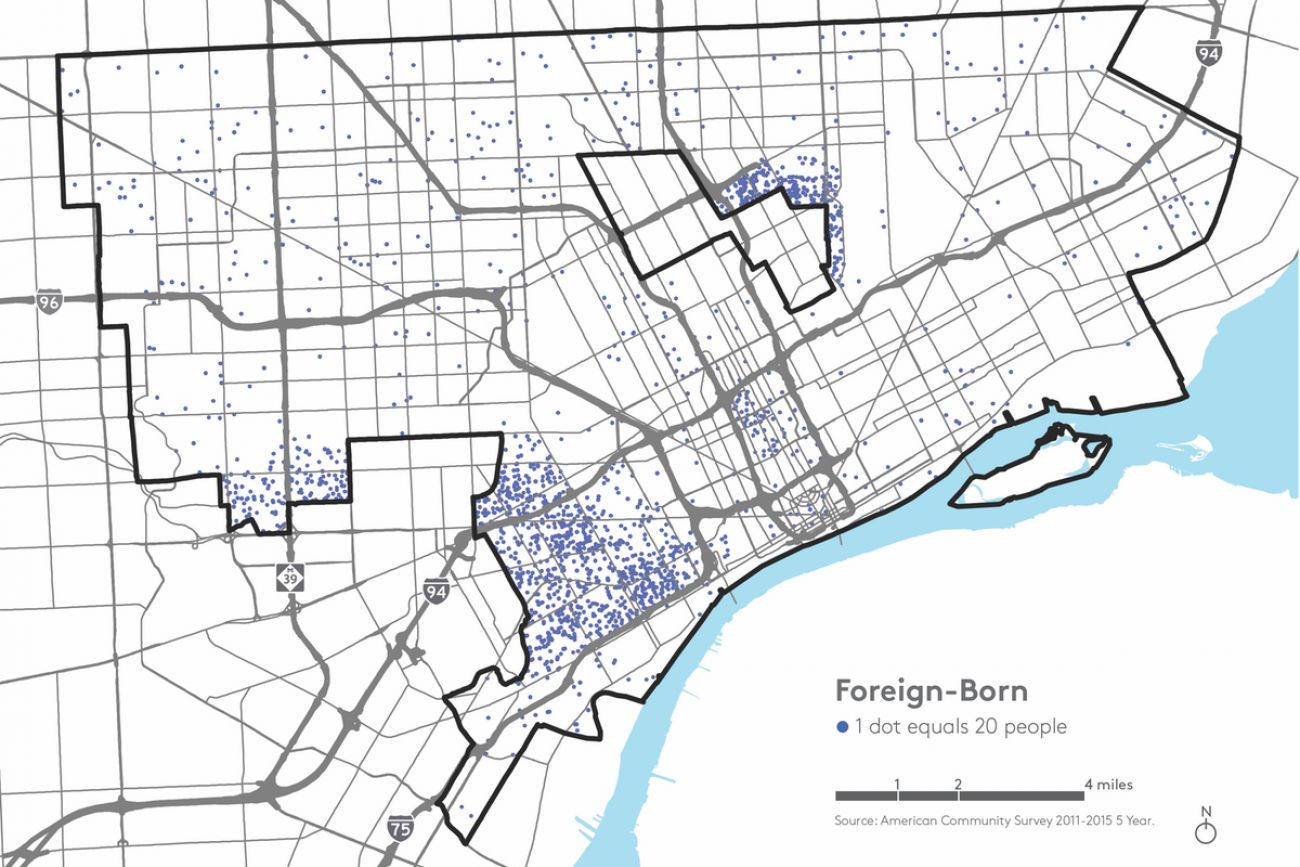



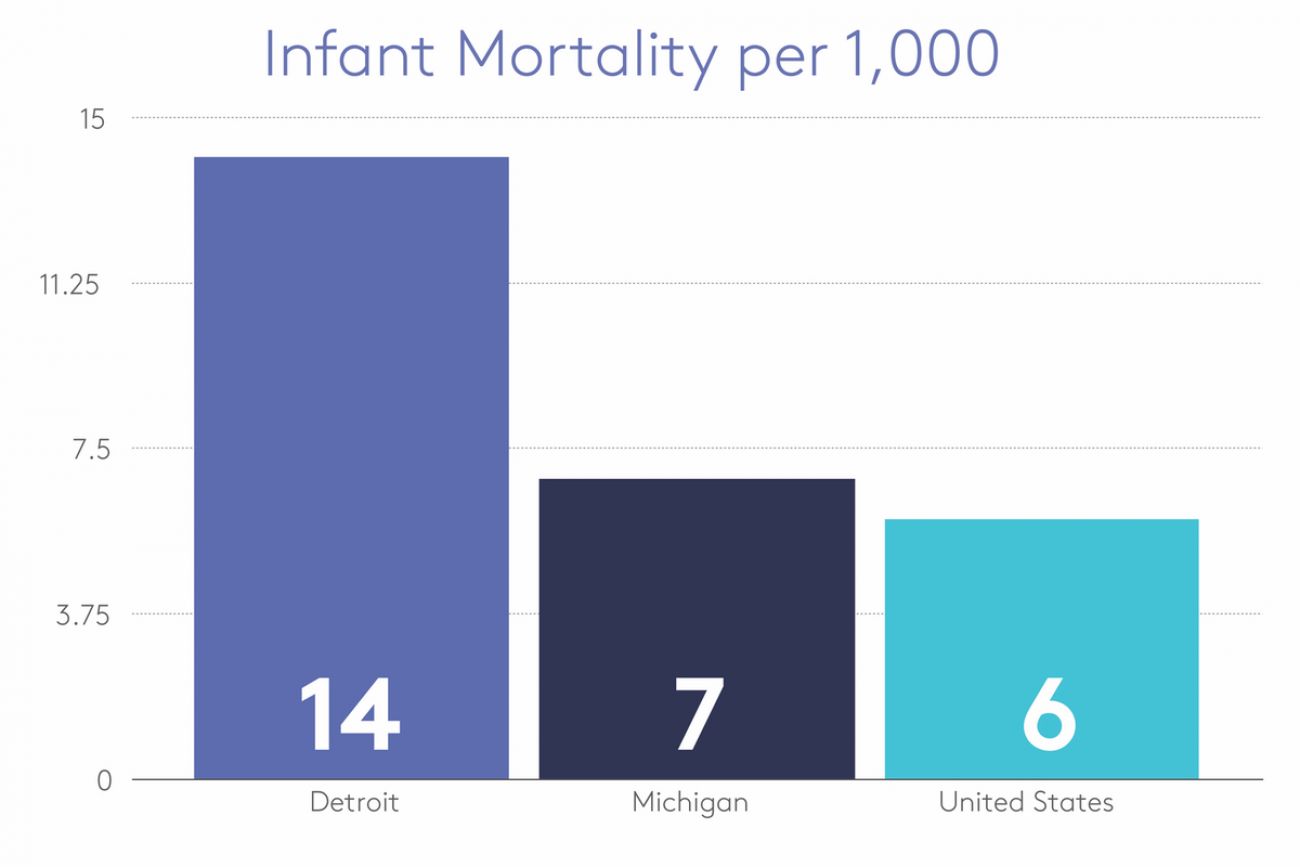
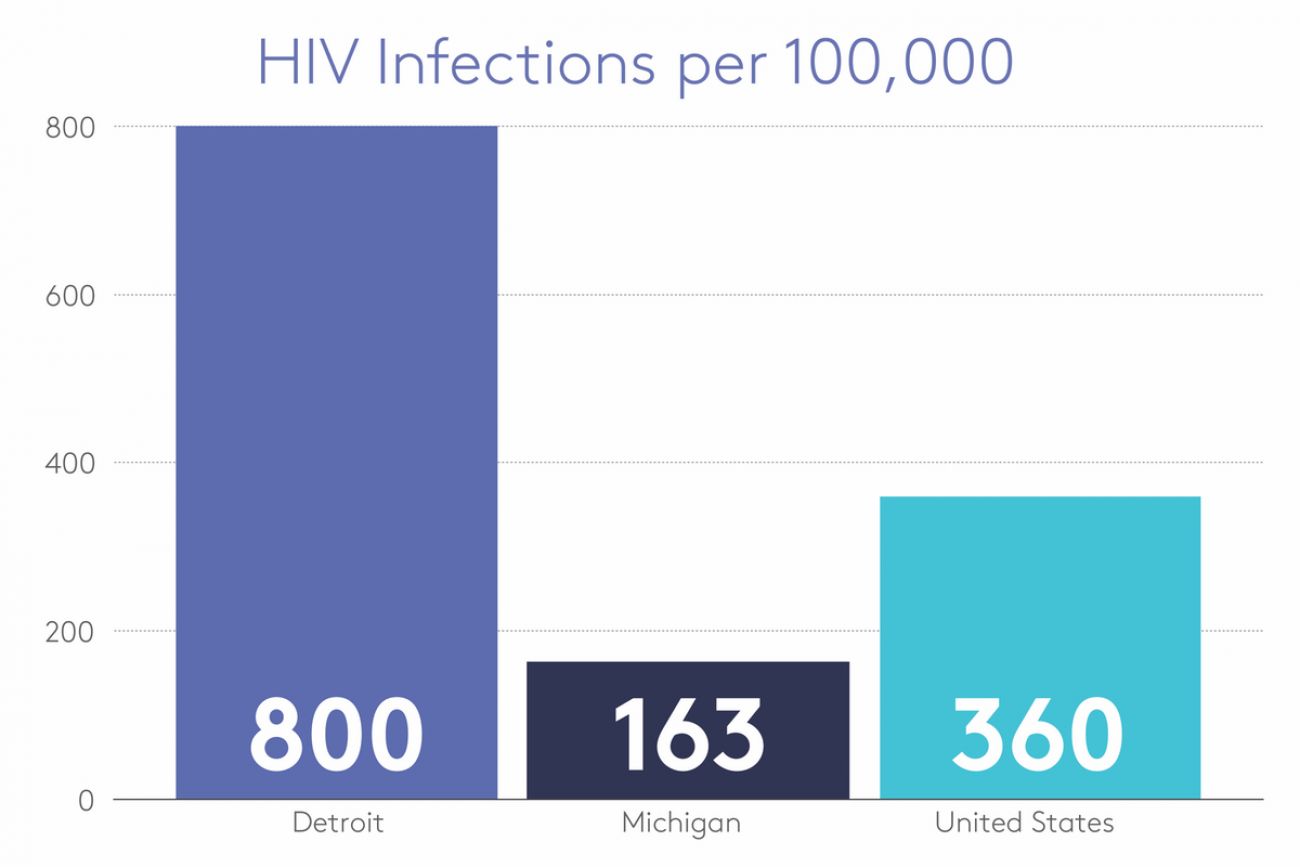

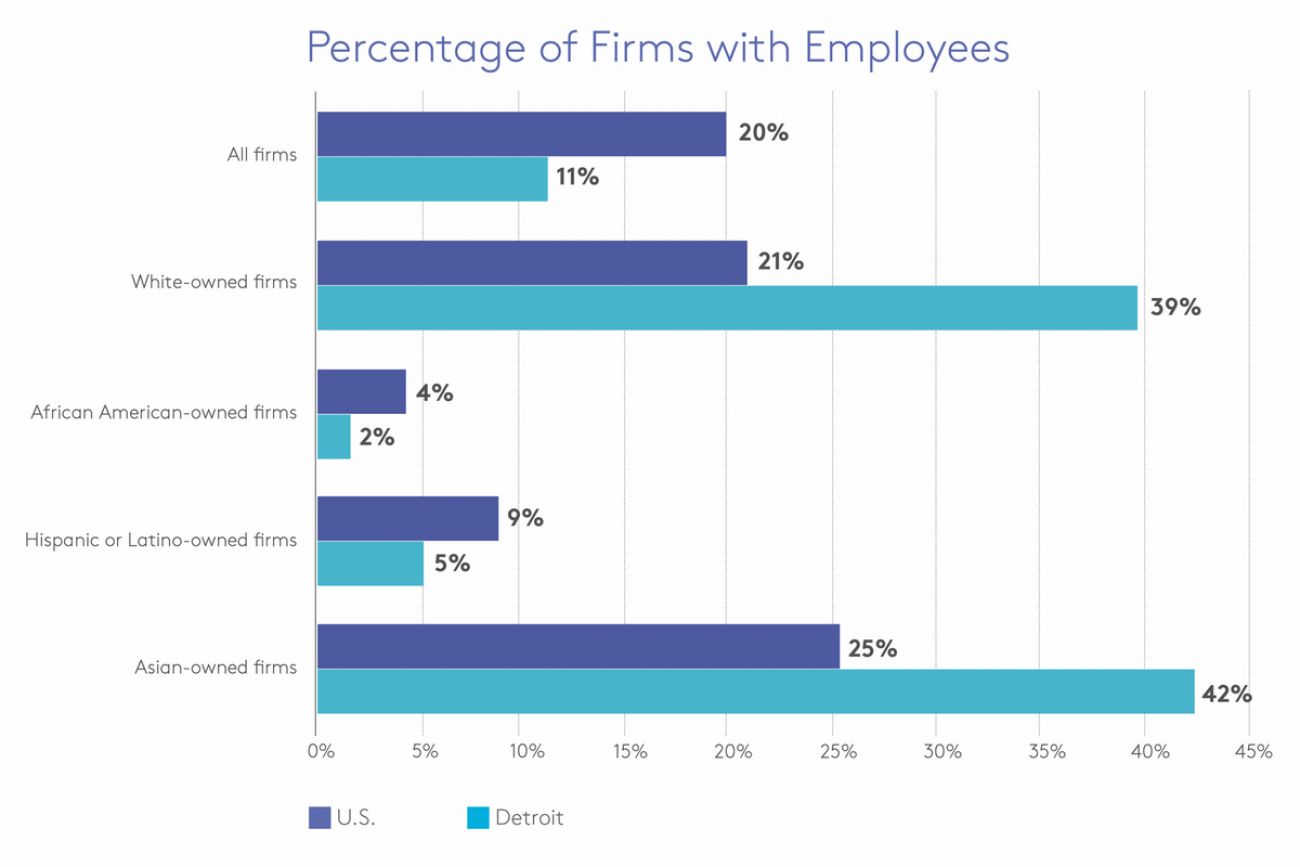
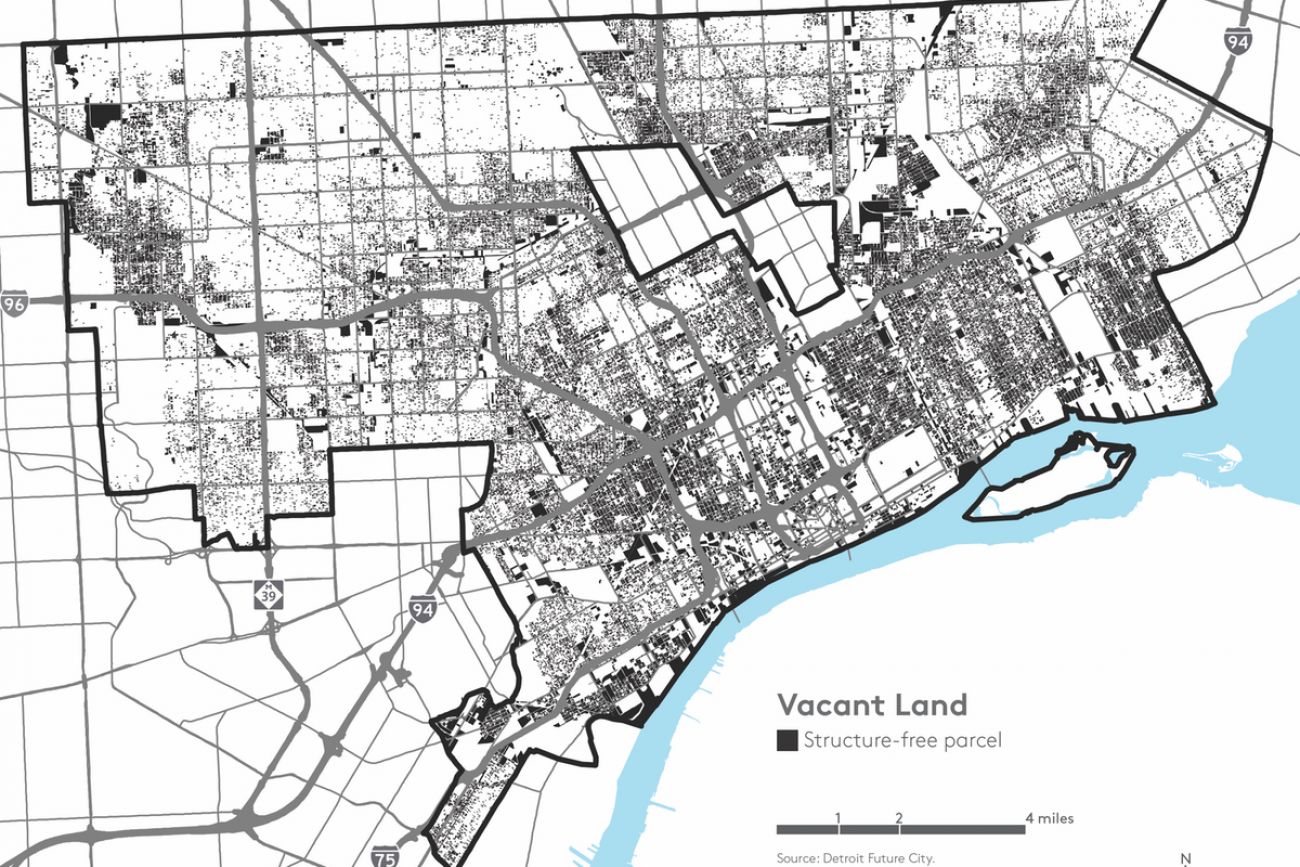


At first glance, “139 Square Miles,” a new book-length report by the strategic planning organization Detroit Future City, looks like a data lover’s dream, the story of Michigan’s largest city told in 75 pages of charts, graphs and tables. But to Anika Goss-Foster, executive director of Detroit Future City, read beginning to end, “139 Square Miles” tells a story about the city.
A story where the overall population is still in decline, but the number of white residents is growing. Where the graduation rate from local public schools is 78 percent, and educational attainment beyond high school is still disappointingly low. Where 672,795 souls live, 80 percent of them African American, 37,107 of them foreign-born. Where 57 percent of children live in poverty. Not exactly a novel, but with humanity in every number.
Particularly worrisome for Goss-Foster: Nearly a quarter of Metro Detroit households have incomes above $100,000, but only 6 percent of Detroit households do. Nearly half of Detroit households earn less than $25,000 per year, but only 25 percent of Metro households earn that little.
“The U.S. is losing its middle class, and so is Detroit,” Goss-Foster said. “If what we want to do is advance Detroit, and make it a place where families can grow, thrive and raise children, we need to do better” by middle-income earners.
Also worrisome: The lack of jobs. Just 30 percent of employed Detroiters work in the city. And in the overwhelmingly African-American city, just 2 percent of firms with at least two employees are owned by African-Americans.
There are bright spots, too, though – neighborhoods are stabilizing after the upheaval of depopulation and wide-scale abandonment brought on by the financial crisis. The central city is seeing new residential building permits, mainly multifamily units. But housing affordability, even in lower-income areas, is still an issue, Goss-Foster added.
The John S. and James L. Knight Foundation was the primary funder of “139 Square Miles,” Goss-Foster said, and intended it to be a partner volume to the far larger Strategic Framework report of Detroit Future City, released in 2013. The new report, she said, provides a common data set that nonprofits and others can use, going forward, for planning and comparison purposes. Residents and others may simply find it interesting.
In the slideshow above, selected data from “139 Square Miles.”
See what new members are saying about why they donated to Bridge Michigan:
- “In order for this information to be accurate and unbiased it must be underwritten by its readers, not by special interests.” - Larry S.
- “Not many other media sources report on the topics Bridge does.” - Susan B.
- “Your journalism is outstanding and rare these days.” - Mark S.
If you want to ensure the future of nonpartisan, nonprofit Michigan journalism, please become a member today. You, too, will be asked why you donated and maybe we'll feature your quote next time!

